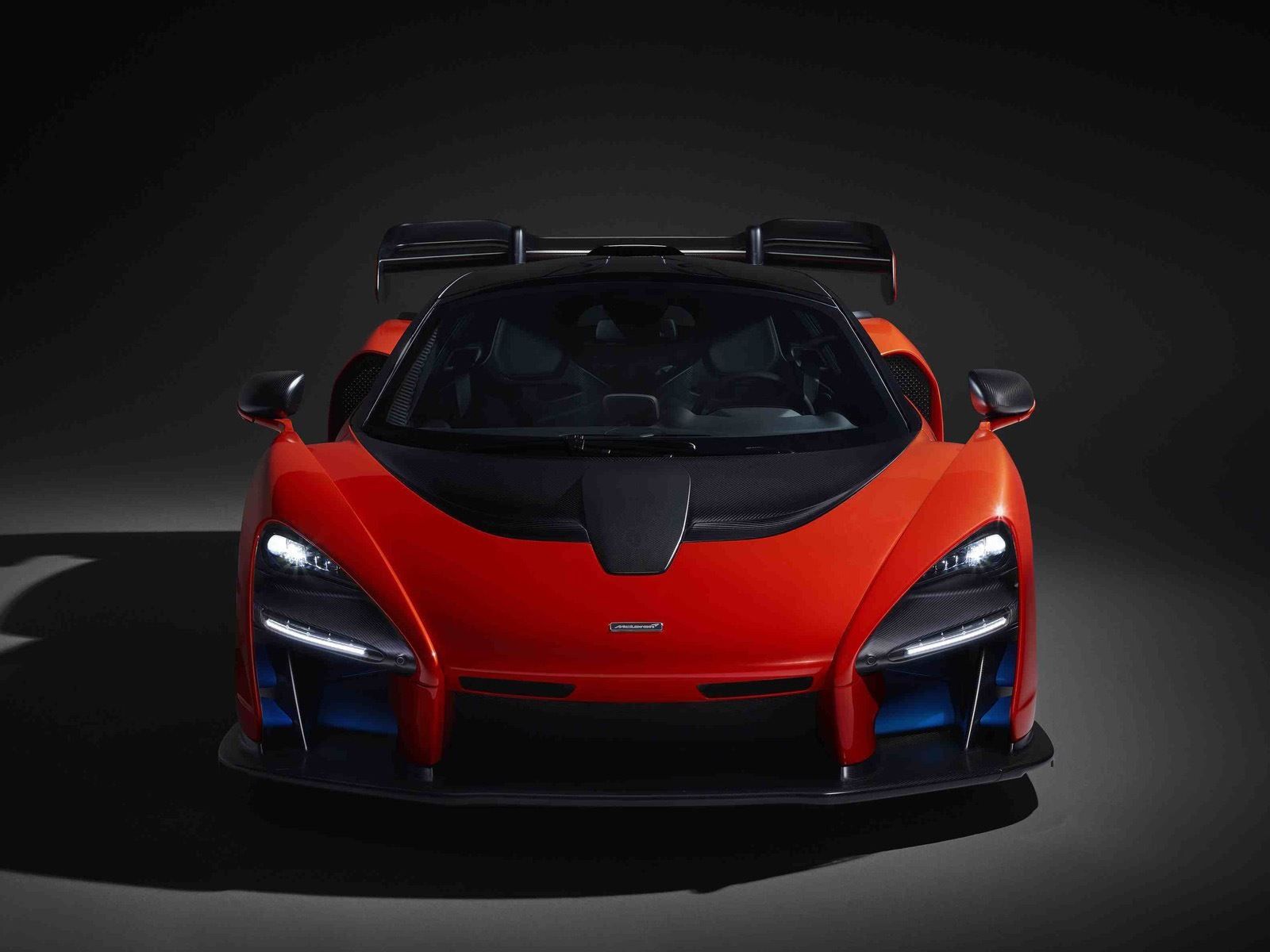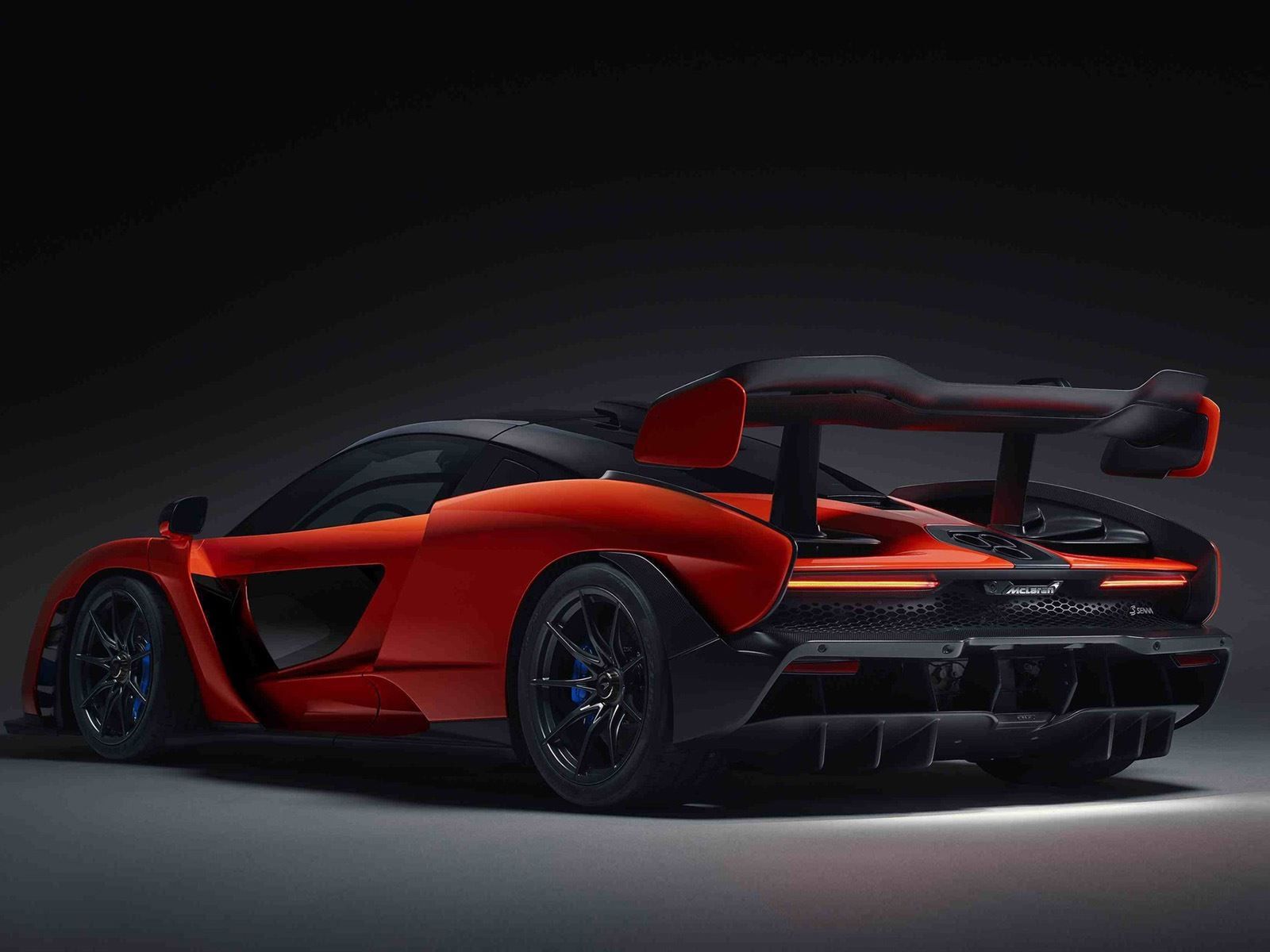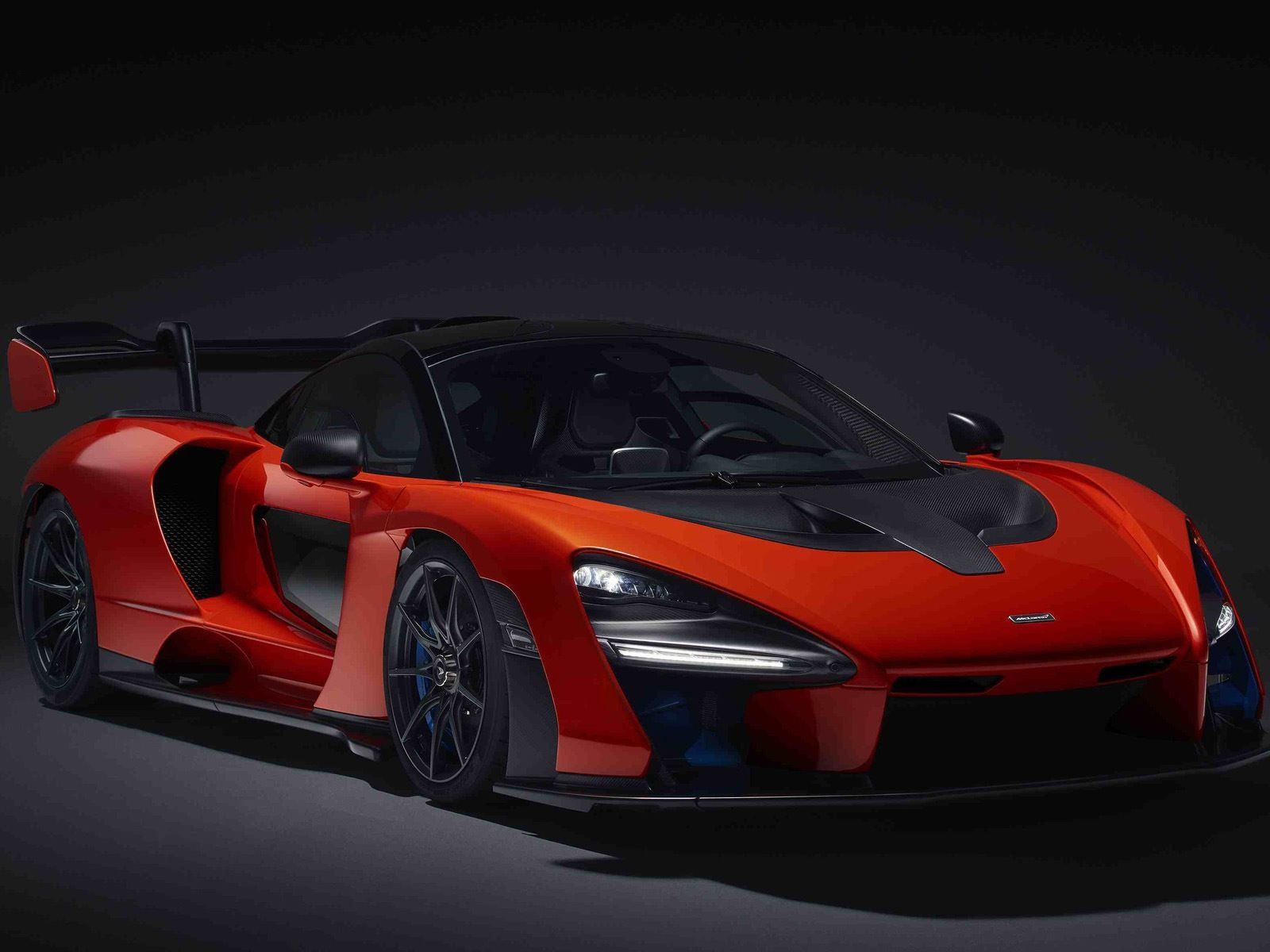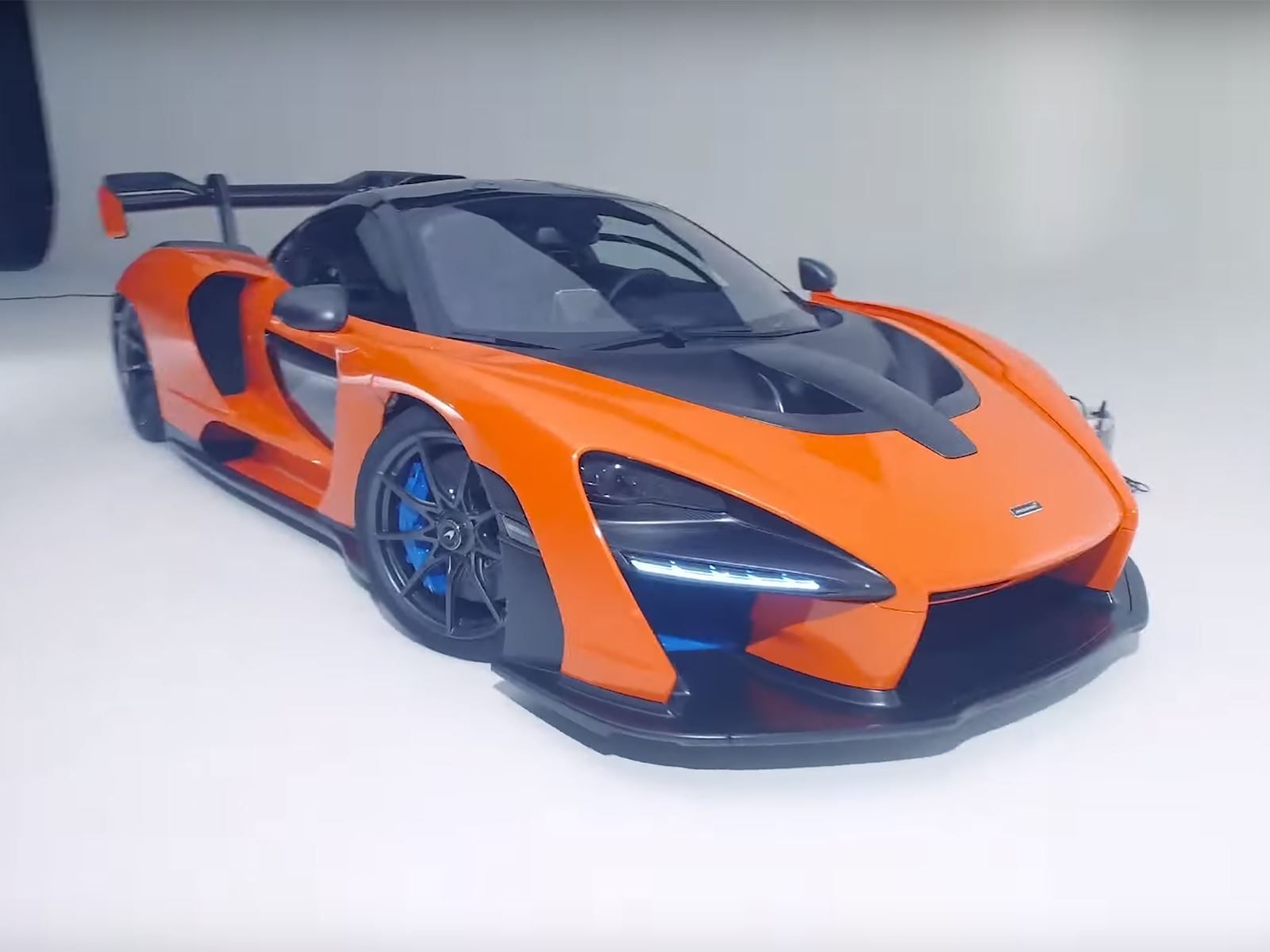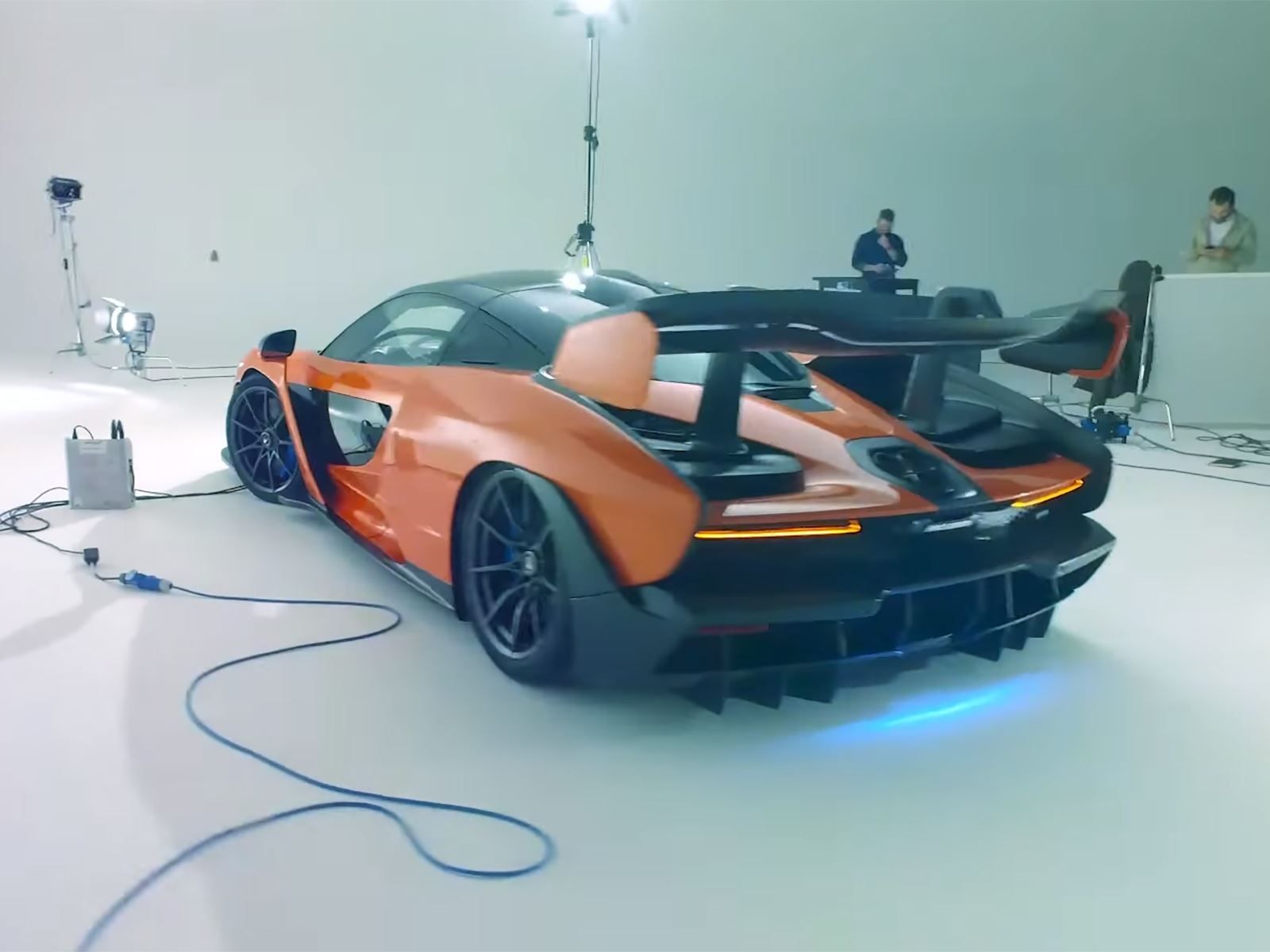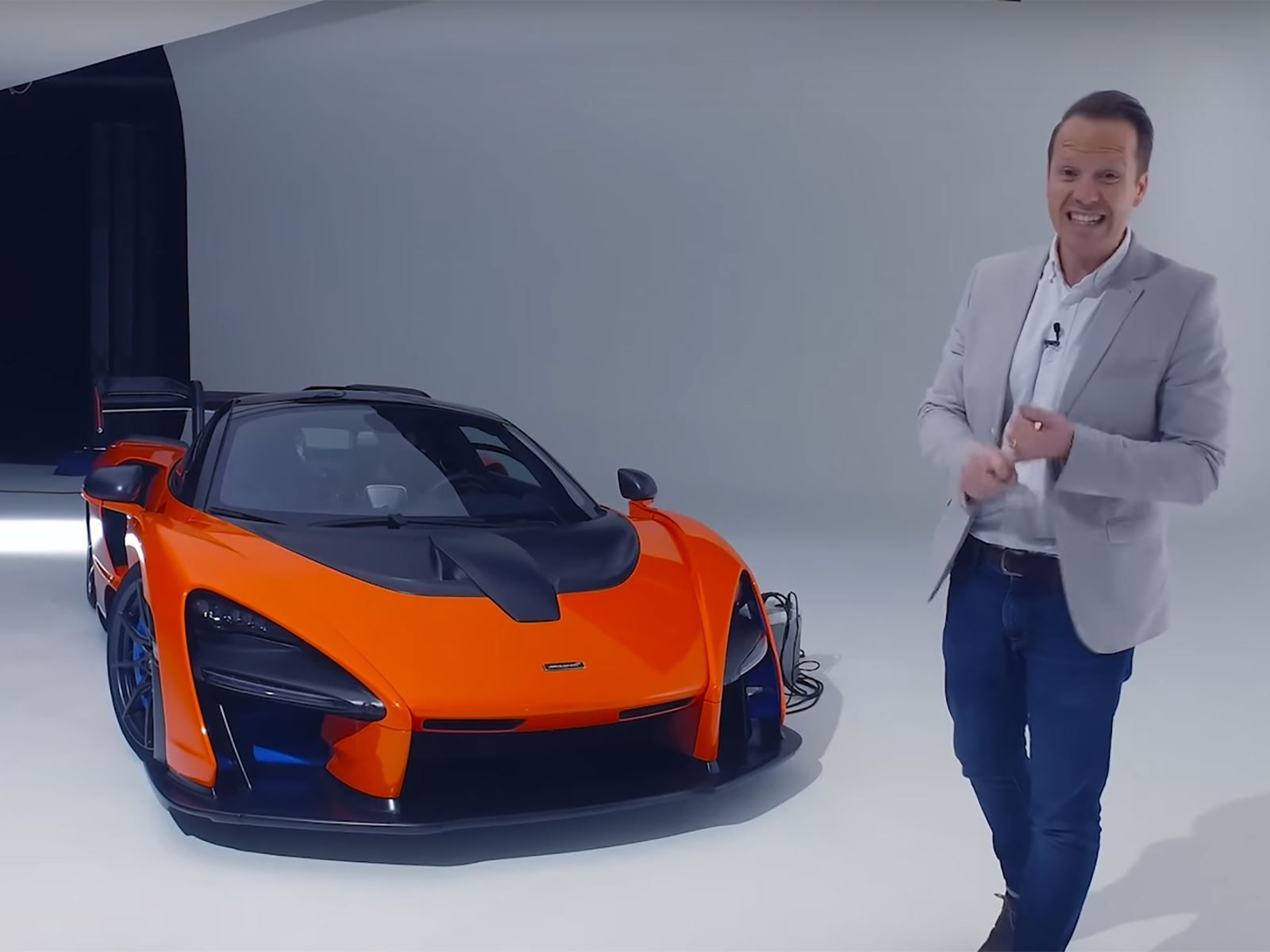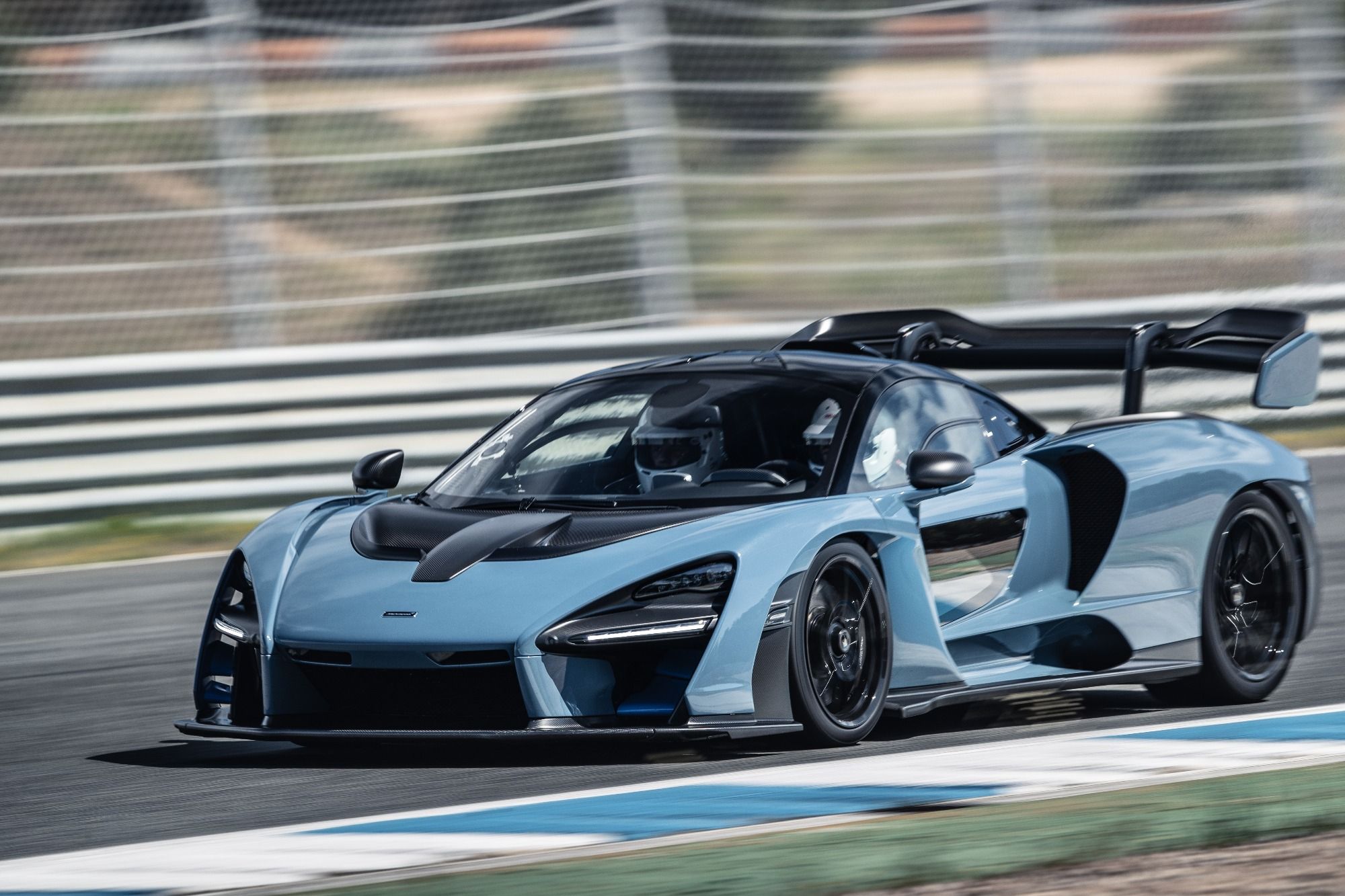
Everyone gasped in awe when McLaren showed its upcoming Senna hypercar to the world late last year. Codenamed the P15, McLaren's latest Ultimate Series hypercar is designed to be the ultimate street-legal track car as a fitting tribute to Ayrton Senna, one of the greatest racing drivers that ever lived. Apart from a few spy snaps showing a prototype being tested on the highway, we've yet to see the McLaren Senna in the metal. Now, Top Gear has given us a closer look at the head-turning hypercar in a new walkaround video.
The detailed video gives us an insightful lowdown on the Senna's unique design features that make it by far the most extreme road car the British automaker has ever built. McLaren's intentention to build a racecar for the road is abundantly obvious when you take one look at the car's striking styling. The brutal design was polarizing when the Senna was first showcased.
Put simply, this isn't a car you can describe as beautiful. The devil is in the detail however, because every surface has been designed to enhance the aerodynamics, keep the car as light as possible and produce maximum downforce, therefore improving lap times. As such, the McLaren Senna has a dry weight of just under 1,200 kg. At the front are active aerodynamic flaps that pop up or pop down to give more downforce and reduce drag while braking or accelerating. Notably, the McLaren Senna features the automaker's first center-locking wheel ever on a car with nine spokes instead of ten resulting in a lighter construction, housing huge carbon ceramic brakes that take seven months each to manufacture.
There's even a glass panel in the door allowing you to see the road rushing by, and while that may sound like a gimmick it gives a better view of the apex on the track to help improve lap times. Fun fact: instead of being mounted on the bottom, the large active rear wing hangs from arms that wrap around to the top of the wing to keep the underside clean for better aerodynamics. Inside, the attention to detail in the Senna's cabin is just as extraordinary. Like the exterior, nothing about the interior is conventional. As you sit low-down, carbon fiber bucket seats cocoon you with minimal padding but are still said to be comfortable.
Elsewhere, functions such as the hazard lights, gear selector, and launch control are attached to the driver's seat and move along with it. Unlike the P1, the McLaren Senna is naturally aspirated, powered by a 4.0-liter twin-turbocharged V8 producing 789 hp and 590 lb-ft of torque. No performance figures have been given for the Senna, but rest assured it will be mind-blowingly quick. Only 500 are being made and they've all been sold, each costing $1 million. While the Senna is primarily a track toy, the next McLaren Ultimate Series will be a three-seater homage to the F1 known as the Hyper-GT, a grand-tourer that's being billed as McLaren's most powerful road car ever due to arrive in 2019.

